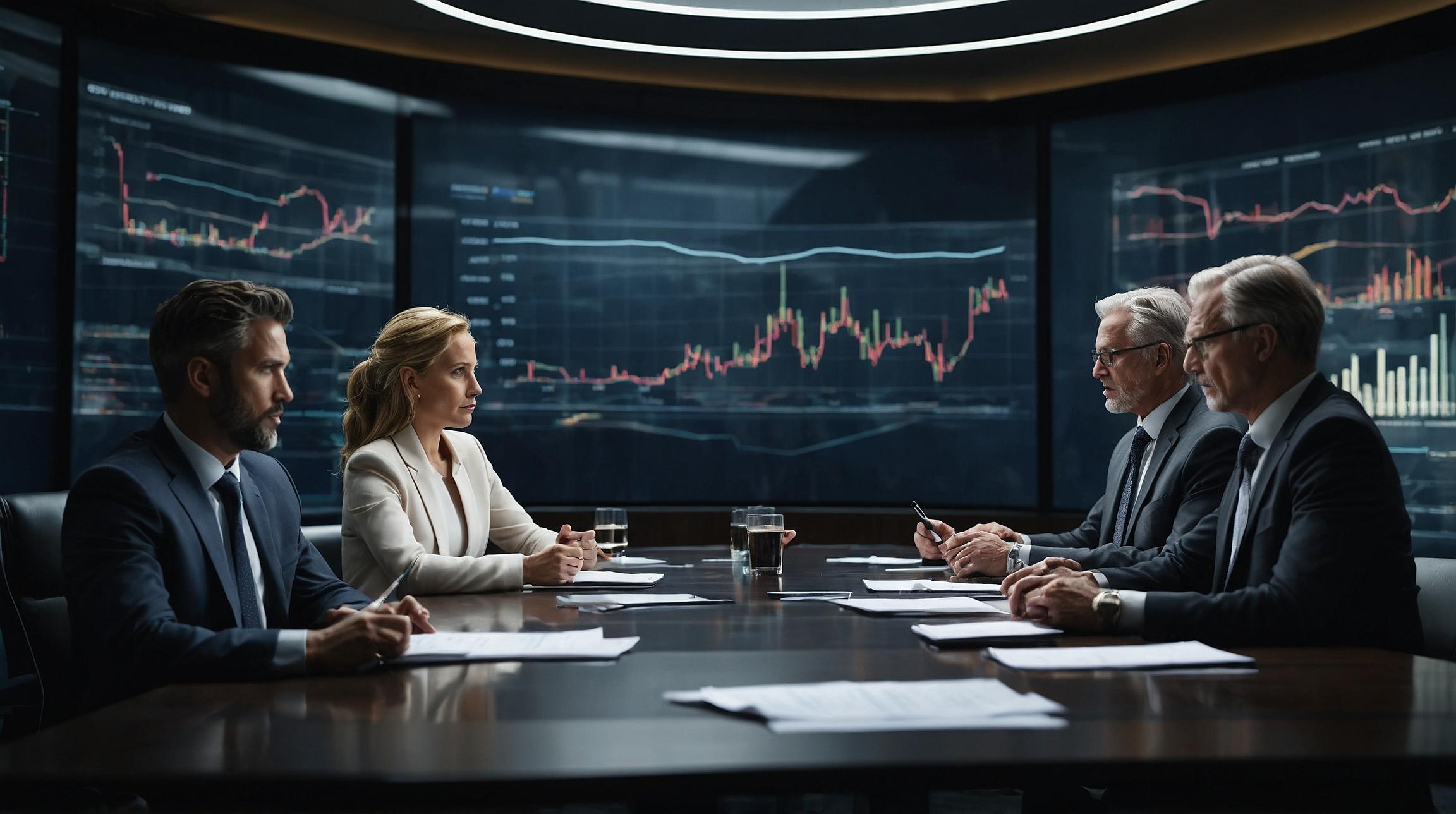The Emotional Impact of Watching Films with VR Headsets
Virtual reality (VR) has transformed the way we experience various forms of entertainment, and film-watching is no exception. Compared to the traditional film-watching experience, watching a film wearing a VR headset can evoke a whole new range of emotions in the audience. A recent study conducted by researchers at Xi’an Jiaotong-Liverpool University (XJTLU) examined the effects of cinematic virtual reality (CVR) on emotional responses. The study found that CVR can trigger stronger emotional reactions in the audience than traditional mediums. These findings highlight the unique potential of VR in storytelling and emphasize the need to re-examine VR visual language and filming strategies.
Comparing Traditional Films to VR: A Study on Emotional Responses
The study conducted by the XJTLU researchers compared three different film-watching methods: computer screens, projectors, and VR headsets. The participants were divided into three groups, each group watching the films using one of the three methods. Using the Self-Assessment Manikin, a questionnaire for measuring emotional response, the researchers measured the participants’ pleasure, arousal, and dominance responses. They found that VR was able to amplify the audience’s emotional perception compared to traditional methods. In most of the shots, VR evoked higher arousal and a decreased sense of control, indicating a higher level of emotional engagement.
Unique Potential of Cinematic Virtual Reality in Storytelling
The findings of the study highlight the unique potential of cinematic virtual reality (CVR) in storytelling. VR has the ability to create a more immersive and emotionally engaging experience for the audience. This opens up new possibilities for filmmakers and storytellers to explore and experiment with different techniques and visual language in order to elicit specific emotional responses from the audience. However, the study also suggests that not all traditional filming techniques are suitable for CVR and need to be carefully considered.
Re-examining VR Visual Language: Insights from the Study
The study on CVR emotional responses also emphasizes the need to re-examine VR visual language and provide insights on how to adjust CVR filming strategies. The researchers found that ground-level shots and close-up shots in VR films elicited different emotional responses in the audience. Ground-level shots created a sense of oppression and domination, making the audience feel small and powerless. Close-up shots, on the other hand, reduced the audience’s pleasure. These findings suggest that traditional filming techniques may not always translate effectively to the VR medium and that filmmakers need to be mindful of the specific emotional impact of different shots in VR.
Ground-Level Shots and Close-Ups in VR: Unveiling Audience’s Emotional Responses
One interesting finding from the study was the emotional response of the audience to ground-level shots and close-ups in VR. Ground-level shots, which show the scene from a low-angle perspective, created a sense of oppression and dominance in the audience. Participants reported feeling like they were in front of a giant or being stamped on, which significantly differed from the traditional film-viewing experience. On the other hand, close-up shots, which focus on capturing the subject’s face or details, reduced the audience’s pleasure. These findings highlight the importance of carefully selecting and utilizing different shots and angles in VR films to evoke the desired emotional response.
In conclusion, watching a film wearing a VR headset can create a more emotionally engaging and immersive experience compared to traditional film-watching methods. VR has the unique potential to stimulate stronger emotional responses in the audience. However, not all traditional filming techniques are suitable for CVR, and filmmakers need to carefully consider the emotional impact of different shots in VR. The study conducted by the XJTLU researchers sheds light on the importance of re-examining VR visual language and provides insights on how to adjust CVR filming strategies to effectively evoke specific emotions in the audience.
Analyst comment
Positive news: The emotional impact of watching films with VR headsets has been found to be stronger than traditional film-watching methods. VR has unique potential in storytelling, creating a more immersive and engaging experience. Filmmakers can explore new techniques and visual language to evoke specific emotions. However, traditional filming techniques may not always translate effectively in VR, and careful consideration is needed for shot selection in order to achieve the desired emotional response.













